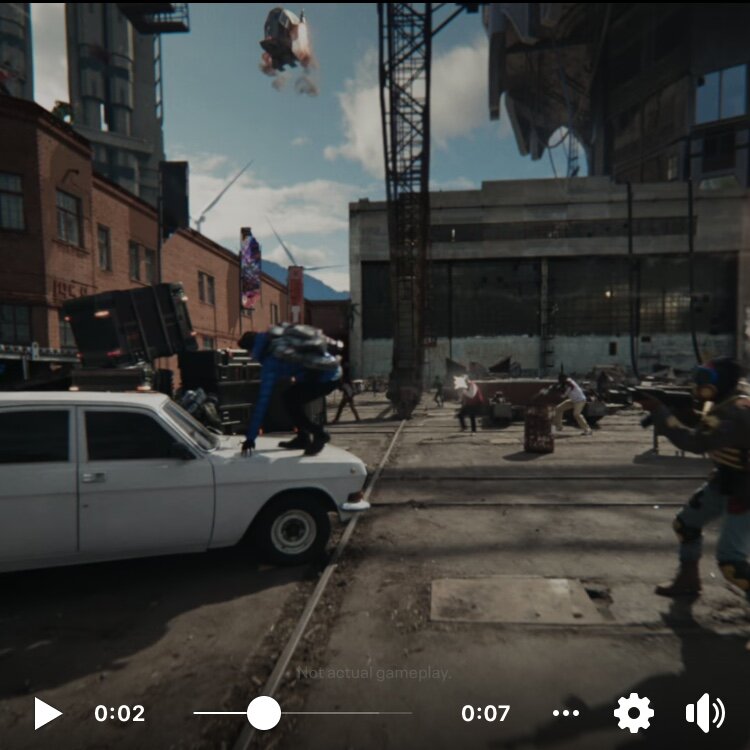Telling a story in 4 seconds; how Facebook advertises its own companies.
Oculus is a Virtual Reality company owned by Facebook. I’ve seen their ads in my newsfeed and can’t help but be impressed. What can we learn about advertising from the worlds largest social network?
Facebook knows how to advertise
If there’s one company who has the data and the insight to know what kind of video converts, it’s Facebook.
With 2.7 billion active monthly users, Facebook holds an exclusive market on collecting, analyzing, and leveraging human behaviour.
This is probably one of the biggest reasons marketers, according to a Hubspot survey in North America between Jan-Feb 2020*, place priority on Facebook as their social network to invest in.
Facebook is happy to help you out
Anyone who runs a business page on Facebook, particularly if they’ve spent ad-dollars, knows that Facebook offers very impressive market segmentation based on things like geographical location, age, personal interests, etc.
If it’s in your interest to market a product to women between the ages of 65-70 who live within 30km of Barrie, Ontario — you can do that with zero background experience in marketing; shoot a little video that shows your product and set up an ad — it’s very easy to set up an ad and target it to people who you think will be interested.
But the effectiveness of that ad will be another conversation. For that, you’ll need to look at performance indicators such as the length of time people watch your video, number of clicks to your website, time spent on your website, etc.
And Facebook will openly share these statistics with you. They want you to see what’s working and what isn’t, because they want you to have success with their platform and to keep spending those marketing dollars. Besides, they also want to make sure your ads aren’t annoying their users.
User experience is possibly the biggest priority at Facebook. People need to enjoy the platform so they’ll stick around and keep using it.
What makes an effective Facebook ad?
We’ve produced a number of videos over the years and launched them on Facebook, and I can tell you that the vast majority of people will watch a video for 3 seconds, and then they’ll start to drop off.
If this is true, it makes sense to try and generate as much value for our clients and their audiences in the first 3 seconds: put something grabby in there to catch attention, splash the clients logo to get a brand impression, etc.
Given everything I’ve mentioned above, I started to pay attention to this particular ad that kept showing up in my newsfeed.
It’s an ad for Oculus Quest 2, a virtual reality system which is owned by Facebook.
A company owned by Facebook is using Facebook ads to sell their product; probably worthwhile to pay attention if we want to see what might work for our own advertising on Facebook.
I’ve captured screenshots of the video, so you can see how quickly they capture the attention of the viewer, how they capture attention, and how quickly they introduce the product.
within 4 seconds they’ve captured my attention, explained how the product works, how much it costs and how to buy it.
That’s an impressive feat of creative problem solving.
Analyzing a 7-second Facebook ad for a Facebook-owned company
I wish I could find the full ad in it’s video format to show it to you here. If it shows up in my newsfeed again soon (I’m sure it will), I’ll record a video screenshot of it. But for now, I’ve included screenshots with a shot-by-shot look at what’s happening.
This first shot shows us a warmly lit living room, with goggles quickly being placed over what feels like the viewers eyes. I barely have time to consider what’s happening, but the motion is eye-catching.
We’re only 1 second into the video, and I already feel immersed in another world. They’ve sparked my curiosity and explained what the product does in a mind-bendingly brief second.
2 seconds in, and there’s lots of action. I’m watching the guy in the blue outfit run in front of me, the camera pans up and I look at the aircraft hovering in the sky. I’m already immersed in the experience and haven’t had any time to be bored.
3 seconds, and BOOM! Two simultaneous explosions. This is crazy! What’s going to happen next??
4 seconds. I’ll tell you what’s going to happen next; you’re going to go buy yourself an Oculus Quest 2 for less than 500 bucks. I mean, heck — Christmas is only a few weeks away.
I’m sure I’ve missed more than one nuance in this short ad. I’d love to hear about anything you noticed that made it particularly compelling.
If you can source a link directly to the video ad, I’d love to include it here so the reader can take it in in its original format.
Sources





